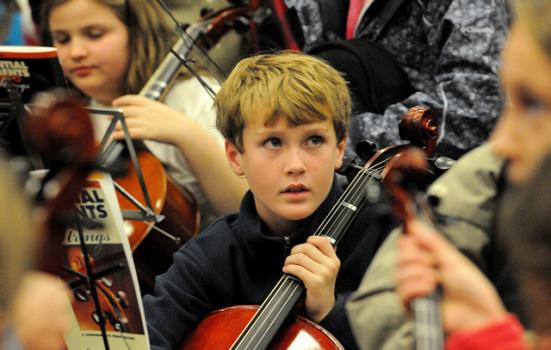Definitions of arts and culture may need to be reconsidered if youth engagement is to be properly understood, suggests report.

Jim Larrison (CC BY 2.0)
Young people from low income backgrounds still engage less in every category of arts and culture than their peers, according to the findings of a new survey, with the most significant differences relating to visiting exhibitions, involvement in music activities and heritage visits. They are also less likely to be involved in extra-curricular clubs. Only 35% of young people from poorer backgrounds belong to such groups, while the equivalent figure among more affluent families is 47%. Although schools are central to sustaining cultural engagement among young people, wider research suggests that not taking part in extra-curricular leisure activities as a child has a profound impact on life chances and can contribute to poorer children doing less well at school.
The study, ‘Cultural Capital’, was commissioned by A New Direction and involved a total of nearly 1,700 young people aged 13 to 19. It aimed to shed light on the implicit and explicit barriers to engagement in cultural activity by young people, and specifically to explore the differences between poorer students, defined as those in receipt of Free School Meals and/or living in a household with no working adults, and their peers.
Predictable practical barriers to engagement were found to be social (not engaging because their friends don’t); physical (finding arts venues difficult to get to and in unfamiliar areas); and economic (perceptions of the cost of arts activities). But the study also found – particularly among those from low income families – that low awareness of opportunities was compounded by a language barrier around the words used to describe arts and culture, and the report suggests that measures of cultural engagement may be using “outdated understanding that is irrelevant to today’s young people”. The report concludes: “As a sector do we need to reconsider our definitions of practice? Once we open out our classification of arts and cultural engagement, is the picture as bleak as it seems?”




